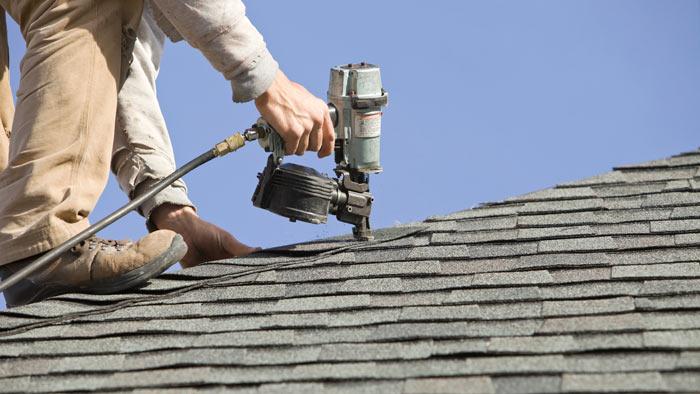The roof is one of the most critical components of your home, and shingle roofs are a popular choice for their durability and cost-effectiveness. But, like any other part of your house, shingle roofs have a finite lifespan. In this comprehensive guide, we will explore the factors that determine “How Often Do Shingle Roofs Need To Be Replaced” and provide valuable insights to help you make informed decisions about your roofing needs.

Understanding Shingle Roof Lifespan
Shingle roofs are commonly made of asphalt or fiberglass materials, with each type having its own unique characteristics. The lifespan of a shingle roof can vary significantly based on several factors:
- Shingle Material: The type and quality of shingles play a crucial role in determining how long your roof will last.
- Climate: Extreme weather conditions, such as heavy rain, snow, wind, and intense heat, can affect the longevity of your shingle roof.
- Installation Quality: Proper installation by experienced professionals can extend the life of your shingle roof.
- Ventilation: Adequate attic ventilation helps regulate temperature and moisture, which can impact your roof’s durability.
- Maintenance: Regular roof inspections and maintenance can prolong the lifespan of your shingle roof.
Average Lifespan of Shingle Roofs
The average lifespan of a shingle roof varies depending on the type of shingles used:
- 3-Tab Asphalt Shingles: These shingles typically last around 15 to 20 years.
- Architectural Asphalt Shingles: These are more durable and can last between 20 to 30 years or longer.
- Fiberglass Shingles: Fiberglass shingles can last up to 50 years with proper maintenance.
- Cedar Shingles: Cedar shingles can have a lifespan of 20 to 40 years but may require more maintenance.
- Metal Shingles: Metal shingles are highly durable and can last 40 to 70 years or more.
Factors Influencing Replacement
Several key factors can indicate when it’s time to replace your shingle roof:
- Age: The age of your roof is a primary factor. As your roof approaches the end of its expected lifespan, it may be time for replacement.
- Curling and Cracking: Curling or cracking shingles are a sign of wear and tear and may lead to leaks.
- Missing Shingles: Missing shingles expose your roof to the elements and require immediate attention.
- Granule Loss: If you notice excessive granule loss, it may be time for a replacement.
- Leakage: Frequent leaks or water damage inside your home are clear signs that your roof needs attention.
Extending the Lifespan of Your Shingle Roof
While shingle roofs have a defined lifespan, you can take several measures to extend their longevity:
- Regular Inspections: Periodic roof inspections can help identify issues early and prevent extensive damage.
- Maintenance: Keeping your roof clean and free of debris, moss, and algae can extend its lifespan.
- Proper Ventilation: Adequate attic ventilation helps regulate temperature and moisture, reducing the risk of premature deterioration.
- Repairs: Address minor issues promptly before they escalate into more significant problems.
- Professional Installation: Ensure your roof is installed by experienced professionals who follow industry best practices.
Conclusion
The frequency with which shingle roofs need to be replaced depends on various factors, including the type of shingles, climate, maintenance, and quality of installation. By understanding the signs that indicate your roof’s condition and taking proactive steps to extend its lifespan, you can make informed decisions regarding roof replacement. Regular inspections and maintenance are essential to ensure that your shingle roof serves your home well for many years.



Leave a Reply